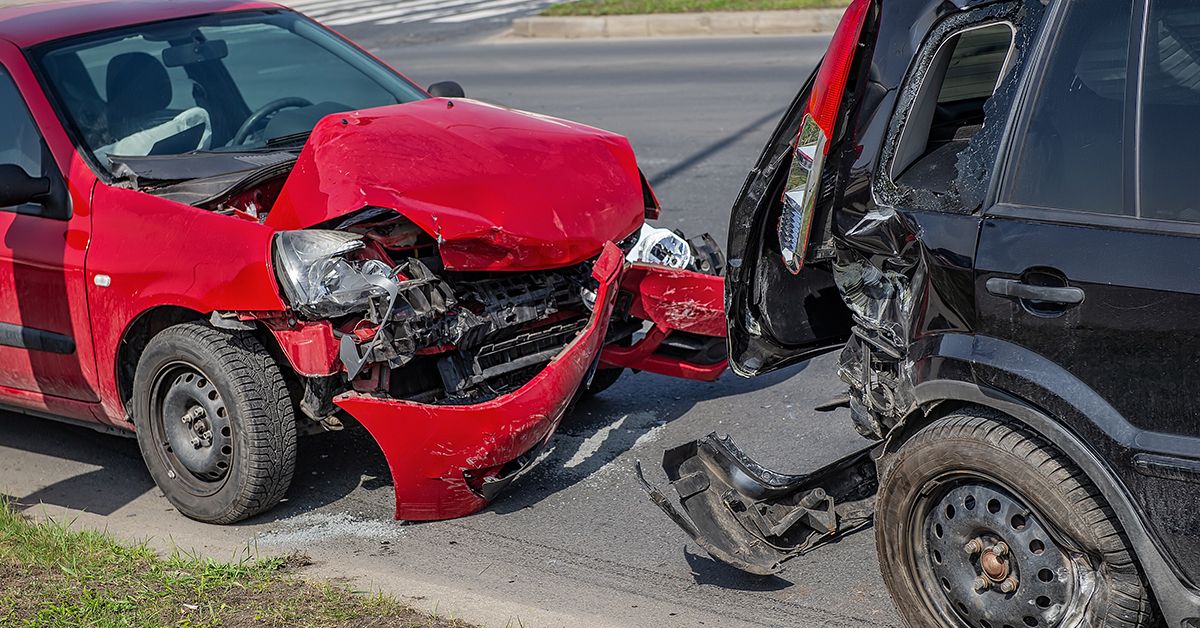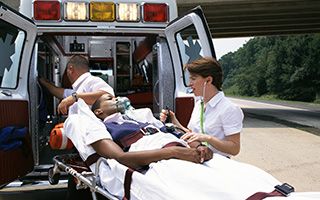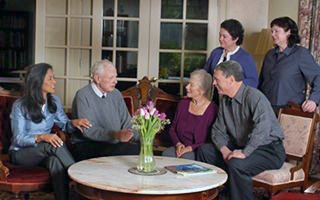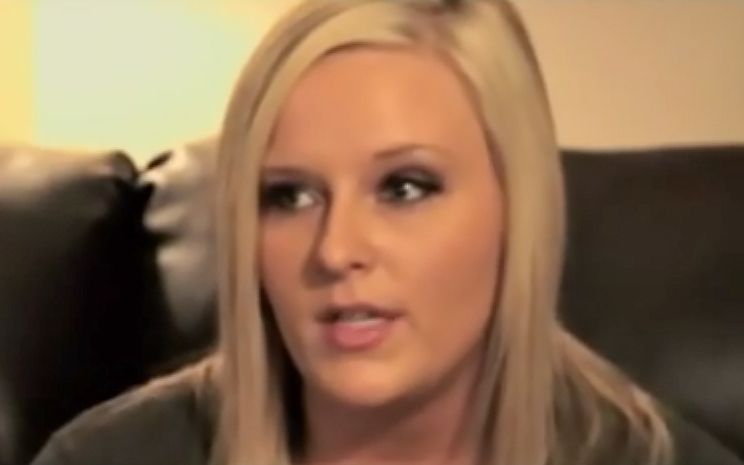
Rear-end collisions are the most common type of car accident. Often known as “fender-benders,” many rear-end collisions result in little more than dented bumpers and scratched paint, but not everyone escapes unscathed. Far too many rear-end collisions, especially those influenced by factors like distraction or aggressive driving, leave their victims dealing with serious injuries, significant vehicle damage, and questions about how to move forward.
At Fuller & Fuller, our Tacoma rear-end collision lawyer understands how overwhelming these car accidents can be. We also understand that, when driving a car that hits another from behind, it’s natural to wonder “Am I automatically at fault if I rear-end the car in front of me?” Not necessarily.
Washington case law uses the “following car doctrine,” which states that in the absence of an emergency or unusual condition, the following driver is prima facie negligent if they run into the car ahead. This means “on the face of it,” the accident will appear to be the fault of the driver who is behind. However, when the forward car’s action is not reasonably anticipated, such as a sudden stop or other erratic behavior, the judge or jury may find the other driver partially or fully liable as well.
The truth is, if you have rear-ended another vehicle, it is not automatically your fault, especially if you were part of a chain collision. Many factors influence the determination of fault in these accidents, some of which you may not even be aware of. Unpacking your options and understanding your rights is something that is best done with the help of a qualified and experienced attorney.
To schedule a FREE and confidential case review at Fuller & Fuller, call 800-570-4878 right away. Committed, compassionate, and effective, our rear-end collision attorney serves victims of serious injury in Olympia, Tacoma, and throughout Washington.
A Closer Look at Rear-End Collisions
Rear-end collisions are, unfortunately, all too common. Some of the leading causes of these accidents include:
- Heavy Traffic Conditions. Stop-and-go traffic, lanes moving at different speeds, and the unexpected maneuvering of surrounding vehicles can all increase risks for a rear-end collision.
- Distracted Driving. Even a momentary distraction can result in an accident. Things like eating, using a phone, applying makeup, and reading billboards increase the risk of rear-end collisions.
- Sudden Stops by the Lead Vehicle. When the vehicle in front of you stops unexpectedly or without warning, a rear-end collision can easily follow.
- Weather-Related Causes. Rain, snow, and ice can reduce traction and visibility, both of which can increase the risk of being in a rear-end crash.
Other factors that often play into rear-end accidents include driving under the influence of alcohol or drugs, speeding, aggressive driving/tailgating, and driver fatigue. Vehicle failure, such as faulty brake systems, may play a role as well. Without an investigation into the accident, it may be impossible to know for sure.
Olympia rear-end collision lawyer Marya Fuller is a specialist in accident and injury law. With decades of experience and a proud history of helping victims of injury get justice, Attorney Fuller is here to listen to your story, help you understand your rights, and assist you in determining how to move forward with your claim.
Rear-End Collisions in Washington and the Presumption of Fault
As a general rule, the driver who rear-ends another vehicle in Washington State is assumed to be at fault for the collision. This presumption is based on the expectation that drivers are sober, attentive, and ready to react to shifting traffic patterns at all times to avoid causing or being involved in a crash.
Washington law requires drivers to exercise due care to avoid causing a collision. RCW 46.61.145 states that drivers must not follow another vehicle more closely than is “reasonable and prudent,” when considering speed and traffic conditions. Tailgating—or not allowing for adequate space between vehicles—reduces the amount of time you have to react. Maintaining a safe distance between your vehicle and the one in front of you can significantly decrease your risk of causing a rear-end collision.
Situations Where the Lead Driver May Be at Fault
While the rear driver is often found at fault for rear-end collision, there are several exceptions where a lead driver—or even a third party—may be responsible. These include:
- Unsafe merging
- Sudden stops/braking
- Reversing unexpectedly
- “Brake checking”
- Aggressive driving
Vehicle malfunctions—your own and others—can also impact who is at fault for a rear-end collision. Things like non-functioning brake lights, brake failure, and other mechanical issues can shift liability. So too can things like tire blowouts caused by debris or potholes. These factors must be taken into account when determining fault in a rear-end collision. Tacoma rear-end collision lawyer Marya Fuller has the experience and background needed to investigate car accidents, identify all causes, and ensure the proper parties are held liable for damages.
Proving Fault in a Rear-End Collision
An investigation may be needed to properly establish fault following a rear-end car wreck. Depending on which steps are taken after the accident, evidence may include security footage, pictures of the scene, and witness accounts. Police and medical reports can play a role, as can traffic camera footage, vehicle black box data, and other capture technology that may be in use at the time of the crash. In some cases, expert witnesses and accident reconstruction specialists may need to be brought in to provide additional insight and support for a claim as well.
Washington follows a “pure comparative negligence” system. This means that you can recover damages in cases where your behavior contributed to the wreck. However, any compensatory damages that are awarded will be reduced by the percentage of fault attributed to you. For example, if you were awarded $100,000 in damages but found to be 40% at fault, your damages will be automatically reduced by 40% (to $60,000 in this case).
Because Washington is a “pure” comparative negligence state, you can, theoretically, file a claim even if you are 99% liable. However, unless you are qualified to accurately evaluate fault percentages, it is best to talk to an attorney even when you suspect you played a role in your accident. There are contributing factors that may be easily overlooked.
Olympia rear-end accident attorney Marya Fuller knows how to evaluate evidence for its underlying truths. During your free consultation, she can discuss how liability is determined in rear-end collisions to help you understand and prepare for the investigative and discovery processes.
Contact Our Rear-End Collision Lawyer for Free!
To learn more about how fault is established in rear-end collision cases, contact Fuller & Fuller online or call us today to schedule a cost- and obligation-free case review at our Tacoma or Olympia office. Our firm has been fighting for individuals and families in Washington State for more than 50 years. We welcome the opportunity to meet with you, hear your story, and help you determine if filing a lawsuit is right for your specific situation.






